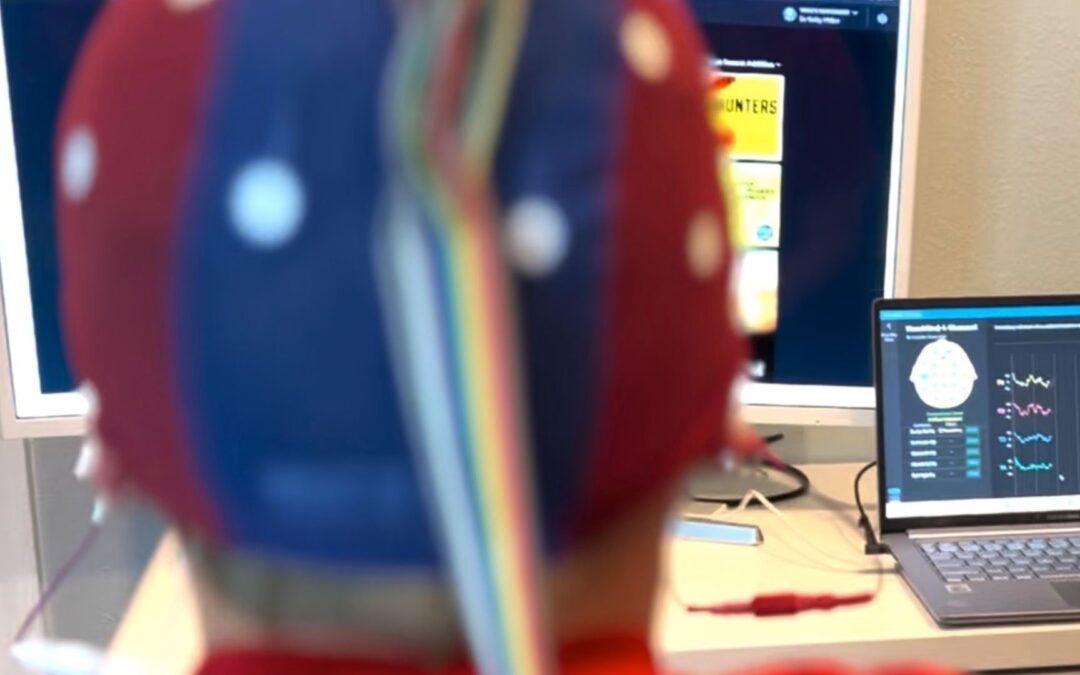What can measure from the brain?
The brain generates electrical activity. The billions of neurons in the brain communicate with each other through electrical impulses. These electrical signals are responsible for various brain functions, including perception, thinking, memory, and movement. The electrical activity of the brain can be measured and recorded using techniques such a QEEG. The Quantitative Electroencephalogram is a neuroimaging technique that measures and analyzes the electrical activity of the brain. It involves recording the brain’s electrical signals using an electroencephalogram (EEG) and then applying mathematical algorithms to quantify and map various brainwave patterns. QEEG is commonly used in neuroscience and clinical settings to assess brain function, identify abnormal patterns associated with neurological disorders or conditions, and guide treatment planning.
Brain mapping, also known as functional brain mapping or cortical mapping, is the process of identifying and understanding the specific functions and regions of the brain. It involves creating detailed maps or images of the brain’s structure, connectivity, and activity patterns to investigate how different areas of the brain are involved in various cognitive processes and behaviors.
QEEG Can Provide Valuable Insights
Brain mapping techniques, such as functional imaging and QEEG, can provide valuable insights into the underlying neural mechanisms associated with mental health disorders. While brain mapping alone cannot diagnose specific mental health disorders, it can aid in the diagnostic process by providing objective measures of brain activity and identifying patterns that may be indicative of certain conditions.
A QEEG can provide valuable information that aids in the assessment and diagnosis of various mental disorders. It can help identify patterns of brainwave activity that are associated with certain conditions. Here are some mental disorders where QEEG findings may be relevant:
- Attention-Deficit/Hyperactivity Disorder (ADHD): QEEG can reveal specific patterns of brainwave activity that are commonly observed in individuals with ADHD. These patterns may involve abnormalities in the frontal cortex and theta/beta ratio imbalances.
- Autism Spectrum Disorder (ASD): QEEG studies have identified distinctive brainwave patterns in individuals with ASD, such as increased theta activity, reduced alpha activity, and altered connectivity between brain regions.
- Mood Disorders (Depression and Bipolar Disorder): QEEG can detect certain deviations in brainwave patterns associated with mood disorders. For example, individuals with depression may exhibit increased slow-wave activity, reduced alpha activity, and imbalances in frontal and temporal regions.
- Anxiety Disorders: QEEG studies have shown that individuals with anxiety disorders often exhibit increased fast-wave activity (beta and/or gamma) and decreased alpha activity, particularly in frontal regions.
- Traumatic Brain Injury (TBI): QEEG can be useful in assessing brain function following a TBI. It can detect abnormalities in brainwave patterns associated with the injury, such as increased slow-wave activity and altered connectivity.
- Sleep Disorders: QEEG can provide insights into sleep disorders by examining brainwave patterns during sleep. For example, it can identify abnormalities associated with insomnia, sleep apnea, or narcolepsy.
It’s important to note that QEEG findings should be interpreted in conjunction with clinical assessments and other diagnostic measures used at Saving Your Brain. QEEG can contribute to the diagnostic process by providing objective data about brain function and guiding treatment planning. However, it is typically used as part of a comprehensive evaluation conducted by Dr. Kelly Miller – Brain Health Coach.
Brain mapping in the diagnosis of mental health disorders
- Biomarker Identification: Brain mapping studies compare brain activity patterns between individuals with a specific mental health disorder and a healthy control group. By identifying consistent differences in brain activation or connectivity, researchers may discover potential biomarkers that are associated with a particular disorder.
- Treatment Response Prediction: Brain mapping can help predict how individuals might respond to different treatment options. By examining pre-treatment brain activity patterns, clinicians can make informed decisions about the most suitable interventions or medications for a specific individual.
- Subtype Differentiation: Mental health disorders can vary widely in symptom presentation and underlying neurobiology. Brain mapping studies can help identify distinct subtypes within a diagnostic category by examining patterns of brain activity or connectivity. This information can contribute to more personalized treatment approaches.
- Research and Development: Brain mapping research contributes to a deeper understanding of the neural mechanisms underlying mental health disorders. Findings from these studies can inform the development of new diagnostic tools and treatment approaches.
It’s important to note that while brain mapping techniques provide valuable insights, they are typically used as part of a comprehensive diagnostic process that includes clinical assessments, interviews, and consideration of other relevant factors. The interpretation of brain mapping data requires by healthcare professionals as Dr. Kelly Miller from Saving Your Brain.
Why do we use brain maps?
We use QEEGs for our initial assessment, to design your Neurofeedback training program, and as an objective and accurate measure to track your progress. It involves nothing more than wearing a sensor cap (like a swimming cap or football headgear) to see what your brain is doing. No inputs go into your head and zero risk or affects to your health.
Once we can see the reason for your struggles on a brainwave level, we can create a neurofeedback training program to help resolve it. Here at Saving Your Brain centers, we re-map your brain every 6-8 weeks so you can see your brain changing with your training.
Dr. Miller consults with the patient with an initial Brain Map scan and after a series of brain training sessions will have a review to see how the brain has changed based upon the treatments. Dr. Miller can identify which areas of the brain are weak and need more brain training to address the symptoms associated with weak neurodevelopment.
Brain mapping techniques can help Dr. Miller understand how different brain regions interact and contribute to specific functions, such as motor control, language processing, sensory perception, and emotional regulation. They are also used to identify abnormalities or changes in brain activity associated with neurological disorders, mental illnesses, and brain injuries, aiding in diagnosis and treatment planning.
Our comprehensive initial brain assessment examines your brain through QEEG brain mapping, and then we run a series of physical assessments called Primitive Reflexes. The earlier you address any mental illness behaviors or disorders, and get control of them, the better it will be for the patient’s future.
Our programs include:
Contact us today at info@savingyourbrain.com to get started.



